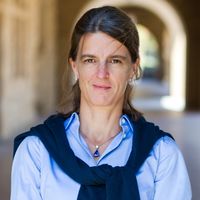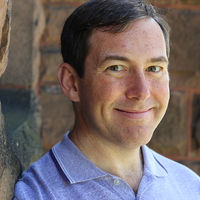
Late Antiquity
Students of Late Antiquity will normally specialize in one or two religious traditions of the late ancient Mediterranean and Near East. They also will gain broad competence in the time period, its languages, and its history. At Stanford, the field of Late Antiquity has particular strengths in rabbinic literature, Syriac Studies, interreligious encounters, manuscript culture, spatiality, digital approaches to antiquity, materiality, and issues of gender and sexuality in the ancient world. It has been designed to take advantage of the extensive methodological and interdisciplinary resources found across the University.
Under the auspices of the Ptarmigan Fund, each year the Department also hosts a lecture series as well as “master classes” on select topics in late ancient studies. Recent events have included a two-day intensive on the Dead Sea Scrolls, a multi-day seminar on data visualization of the ancient world, and a participatory workshop on Syriac chant. Along with other professional development activities, these supplement regular course work in the field and help prepare our graduates for future careers in academe.
Faculty in the Departments of Archeology, Art and Art History, Classics, Comparative Literature, and History as well as the Abbasi Center for Islamic Studies, the Center for Medieval and Early Modern Studies, the Center for Spatial and Textual Analysis, and the Taube Center for Jewish Studies make Stanford a particularly vibrant, interdisciplinary community for the study of the late ancient world. Were you to attend Stanford, you could anticipate working with many of the faculty listed below, as well as faculty at UC Berkeley.







